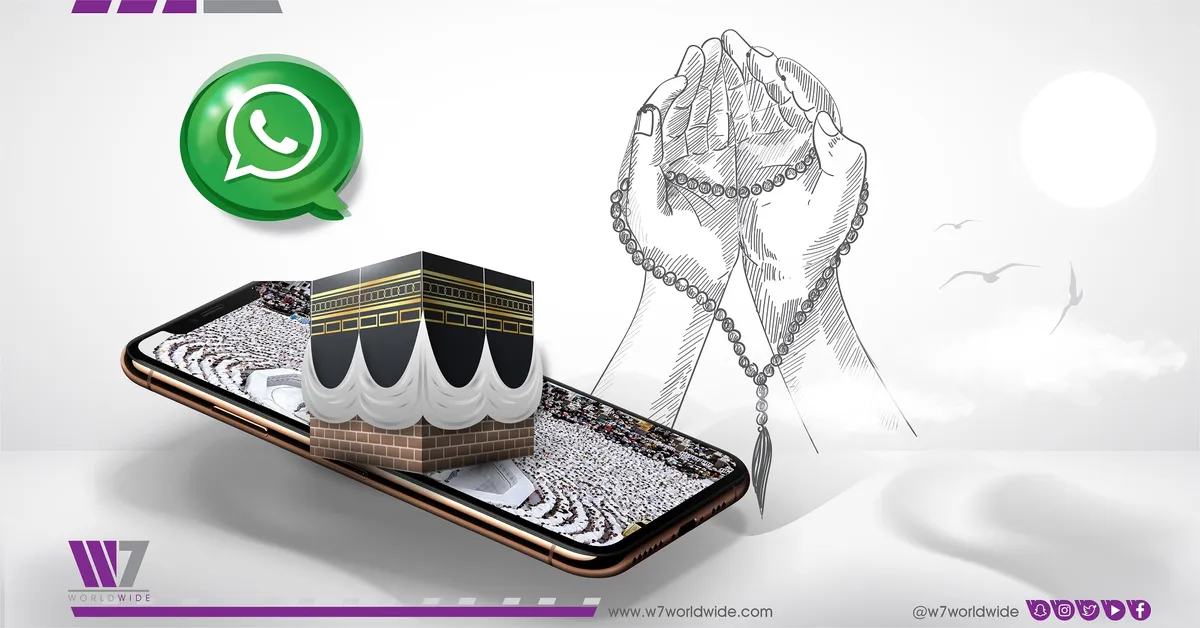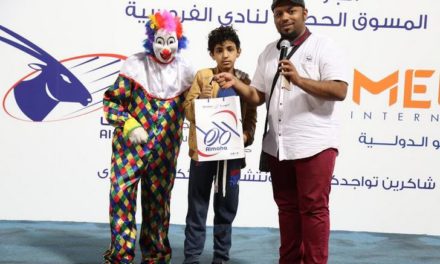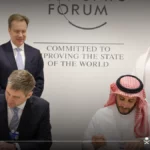
Hajj Reflects the Power of Communication

Communication is as old as mankind. Conversation or communication is central to human relationships — in social life, business, education, governance, or any other means of human activity.
It involves the exchange of ideas, messages, or information by speech, signals, or writing. We need different ways of communication to share views and opinions with others, understand each other, resolve conflicts, and build warm and trusted relationships. Any ruptures in communications and we are rendered dysfunctional.
In Islam, communication has been an instrumental and integral part since its inception. Inherent in Islamic teachings are basic rights of communication, including the rights to know, read, write and speak. The whole Islamic premise was always based on communication involving the sending of prophets and books with the expressed intent to communicate with mankind, the revelation of Quranic verses piecemeal in a span of 23 years, and enjoining the faithful to gather in Arafat for Hajj, which is often seen as direct communication with God.
Multifaceted Communications during Hajj
W7Worldwide, an award-winning marketing communications consultancy agency, highlighted in a new blog that the Hajj season is arguably the best example of communication as it involves mainly three kinds of engagements:
1. Communicating with the Almighty;
2. Language of the Haram (communicating with fellow devotees/pilgrims); and
3. Communication Management.
1. Divine Communication
Allah Almighty created humanity with “a fundamental function to communicate.”
“He has taught him to talk (and understand).” (Quran 55:4) The most visible form of physical communication with the Divine is evident in Hajj, which is a lifetime experience that every faithful seeks to have.
Communication takes a special meaning when it comes to Divinity. A devotee immerses himself in communing with Divine realms, petitioning quietly his griefs, complaints, necessities, and prayers on a daily basis. The day of Arafat is indeed the day of communication as pilgrims reach the plains of Arafat and get immersed in deep prayers till sunset.
2. Language of Haram
Communication in silence is at its best in the holy places where people from all across the world — Africa, Asia, South East Asia, Europe, Americas, and other regions — converge to perform Hajj and Umrah. All of them speak a different language and yet, they meet, shake hands, smile, and raise their hands in prayers for each other. It all takes place in silence. That’s the best and most effective form of communication. Those living in the vicinity call this special form of communication the “language of the Haram.”
Regular volunteers and shopkeepers around the holy places learn several languages through year-round contact with pilgrims. A shopkeeper, who is from Myanmar, is said to have learned at least 10 languages while working in the vicinity of the Haram for 17 years, according to a report, which also suggests that a Saudi businessman learned Turkish, Malaysian, and some Russian in just 2-3 years.
3. Communication Management
Considered a world leader in crowd management owing to its excellent handling of Hajj, Saudi Arabia has also done an exemplary job of offering a world-class communication system to benefit nearly 3 million pilgrims who come to perform Hajj.
The Communications and Information Technology Commission, or CITC, is the Kingdom’s digital regulator that has established a communication infrastructure, which is fully operational and ensures the functioning of over 5,900 communication towers and more than 11,000 Wi-Fi access points in the two holy cities. The number of 5G towers rose by 41 percent to more than 2,600 (in which year or in how many years?). This has significantly enhanced the pilgrims’ digital experience.
Right from the day pilgrims land at the Hajj Terminal in Jeddah, the Ministry of Hajj officials swing into action to welcome them and their first encounter is a crucial means of communication. Many officials capable of giving directions and advice in different languages interact with pilgrims from around the world to help and guide them.
During Hajj, booklets, films, copies of the Quran, and tapes in no less than 32 different languages, are handed out to the millions of pilgrims. The authorities have also launched a free smartphone application that provides a simple explanation of Hajj rituals in four languages — English, Arabic, Indonesian, and Urdu.
In addition, a 24×7 WhatsApp service has been set up to respond to the questions of pilgrims in Arabic, English, French, Urdu, Indonesian, Turkish, Bengali, and Hausa. Nearly 700 translators are hired to guide the guests.
Conclusion
Gone are the days when the journey to Hajj was long and arduous, and featured nearly zero communication as pilgrims would be unable to communicate with their friends and families. Modern communications have changed it all. Pilgrims not only stay in touch with their families back home but they also keep a tab on world developments. Hajj authorities too find it easier to reach out to the multitude of pilgrims thanks to the technological advancements making mass communication easier.
Pilgrims film and photograph every lap of their rituals on mobile phones, and disseminate the content via social media. The advent of smartphones, social media, and live video streaming has taken it all to the next level. Pilgrims telecast their live performance of Hajj rituals to their friends and families by waving hands and showing the historical places of Islam.
Questions are raised against the excessive use of smartphones and the internet during the sanctified rituals of Hajj, as some say, it distracts the pilgrims from concentrating on their devotion to the Almighty. The counterargument is that technology has enabled them to share their ecstatic feelings with families and friends, often while performing rituals.
















































